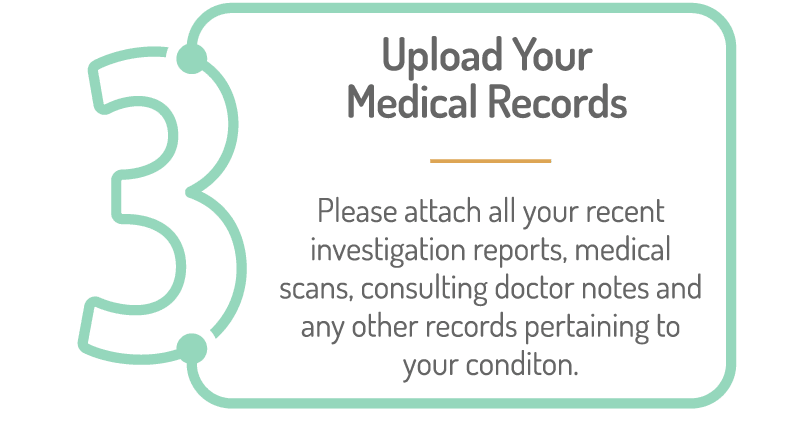Contents
Medical treatments and the opinion of our periodontitis doctor
Medical treatments
When periodontitis is diagnosed, the goal of treatment is to stop the progression of the disease as quickly as possible and, if possible, to restore the supporting structures of the teeth. The type of treatment depends on the progression of the disease and the general state of health of the affected person.
The treatment is based on:
- thorough cleaning of teeth, roots and gums
- if necessary, antibiotic treatment
- if necessary, surgical treatment
- daily home maintenance and regular cleaning at the dentist every 3 months.
Teeth cleaning
A complete cleaning is very often sufficient to stop the progression of periodontitis. It is the essential first step in any periodontal treatment.
By eliminating bacteria and tartar attached to the teeth and their roots (exposed by the destruction of the supporting tissues), the dentist will allow the detached gum to adhere to the teeth again and thus limit the bacterial progression. It is necessary to promote the healing of periodontal pockets which constitute reservoirs of bacteria.
This treatment is called “root planing”: it is carried out in one to two close sessions, under local anesthesia, using manual curettes or ultrasound devices. This surfacing will only be effective in the long term if it is accompanied daily by meticulous brushing, supplemented by the passage of dental floss.
Note : Before this treatment, disinfectant mouthwashes may be prescribed by the dentist. They make it possible to reduce the number of bacteria present in the mouth (chlorhexidine from 0,1 to 0,2%). However, the use of mouthwash should be temporary and it does not replace brushing your teeth. It can even be harmful because it also kills “good” bacteria. |
Surgical treatment
In 5 to 10% of cases, root planing is not sufficient to reduce periodontal pockets. Surgical techniques must then be employed.
By incising the gum tissue, the dental surgeon can thoroughly clean periodontal pockets and remove tartar that would otherwise be inaccessible. The gum is then replaced and heals by adhering to the cleaned teeth and bones.
If the bone is destroyed too severely, regenerative periodontal surgery may be offered. It consists in reconstituting the supporting tissue of the teeth to obtain better healing and good anchoring of the teeth. Several techniques exist to fill bone destruction:
- use of biomaterials (membranes allowing the growth of new bone tissue)
- performing a bone graft (bone taken from elsewhere in the patient’s body)
Finally, it is possible to perform a gingival graft to counter the retraction of the gums which causes the unsightly “lengthening” of the teeth, that is to say the loosening. The transplant is performed by removing tissue from the palate.
Antibiotic treatment
In the majority of cases of periodontitis, “mechanical” treatments make it possible to stop the disease. However, in the case of certain aggressive periodontitis, additional antibiotic treatment is necessary.
This treatment is also used in the event of recurrence (reinfection of the bags) or in certain fragile people, having heart problems or poorly controlled type 2 diabetes.
Our doctor’s opinion
As part of its quality approach, Passeportsanté.net invites you to discover the opinion of a health professional. Dr Jacques Allard, general practitioner, gives you his opinion on the periodontitis :
Periodontitis is a very common disease that should not be overlooked. It begins with gingivitis which first manifests as bleeding gums. Good daily dental hygiene can prevent the majority of periodontitis. However, periodontitis can develop insidiously and an annual dental check-up is essential to detect and treat it early. If, on the other hand, you show signs of gingivitis with red and swollen gums, I advise you to see your dentist sooner. Dr Jacques Allard M.D. FCMFC |










